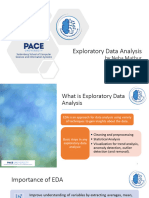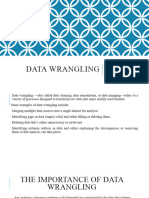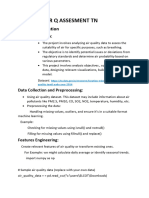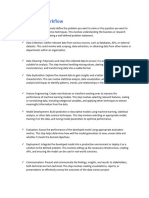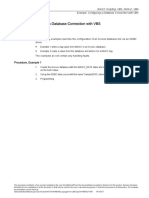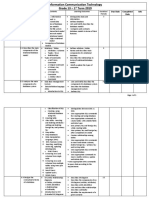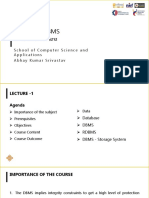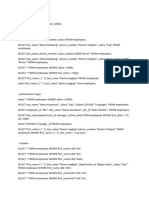0% found this document useful (0 votes)
4 views6 pagesData Science
Module 4 covers data exploration, including understanding data structure, identifying patterns, and detecting anomalies. It discusses techniques for importing data, analyzing it with table functions, joining datasets, and identifying correlations and outliers, along with visualization methods. The module also highlights the importance of time-related data, maps, interactive visualizations, and presentation tools for effectively sharing insights.
Uploaded by
Saifanamol VmCopyright
© © All Rights Reserved
We take content rights seriously. If you suspect this is your content, claim it here.
Available Formats
Download as PDF, TXT or read online on Scribd
0% found this document useful (0 votes)
4 views6 pagesData Science
Module 4 covers data exploration, including understanding data structure, identifying patterns, and detecting anomalies. It discusses techniques for importing data, analyzing it with table functions, joining datasets, and identifying correlations and outliers, along with visualization methods. The module also highlights the importance of time-related data, maps, interactive visualizations, and presentation tools for effectively sharing insights.
Uploaded by
Saifanamol VmCopyright
© © All Rights Reserved
We take content rights seriously. If you suspect this is your content, claim it here.
Available Formats
Download as PDF, TXT or read online on Scribd
/ 6



